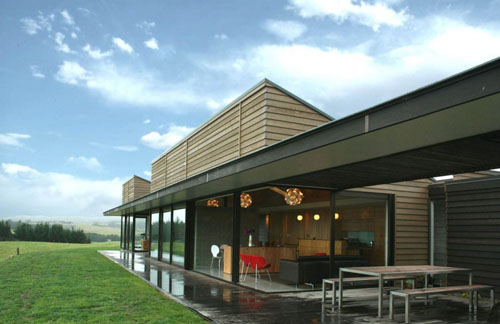Exploring Tokyo’s Iidabashi Station: A Comprehensive Guide
Tokyo’s Iidabashi Station is a bustling hub that seamlessly blends tradition with modernity, serving as a key intersection for several train lines and offering convenient access to numerous attractions and neighborhoods. This article delves into the intricacies of Iidabashi Station, its history, and its significance in Tokyo’s extensive transit network.
A Brief History
Iidabashi Station first opened its doors in 1928, originally serving as a stop on the Chūō Main Line. Over the decades, the station has expanded significantly, incorporating multiple train lines and transforming into a major interchange. Its name, derived from the nearby Iidabashi Bridge, reflects its connection to the local geography and history. Click here to read about tropical house design architecture with Superior bedroom in Chang Mai Thailand.
Train Lines and Connectivity
Iidabashi Station is unique for its integration of five different train lines, making it one of Tokyo’s most versatile transport hubs. Here’s a breakdown of the lines that converge at this station:

JR East Chūō-Sōbu Line
This line provides access to central Tokyo and connects with several other major lines, making it a vital artery for daily commuters and travelers.
Tokyo Metro Namboku Line
Serving the northern and southern parts of Tokyo, the Namboku Line offers a smooth transit through the city’s core.
Tokyo Metro Yurakucho Line
This line is popular for its stops near commercial and entertainment districts, including Ginza and Ikebukuro.
Toei Ōedo Line
Circling through many of Tokyo’s central wards, the Ōedo Line is perfect for exploring a wide array of urban attractions.
Station Layout and Facilities
Iidabashi Station’s layout is designed to handle a large volume of passengers efficiently. The station is split into two main sections: the JR East side and the Tokyo Metro/Toei side. Each side is equipped with multiple ticket gates, concourses, and platforms to streamline passenger movement.
Key Features:
Ticket Gates and Concourses
Clearly marked and easy to navigate, ensuring a hassle-free experience for both daily commuters and tourists.
Platforms
Well-signposted with real-time train information displays, making it easy to catch your next train.
Accessibility
Elevators, escalators, and barrier-free pathways are available to assist passengers with mobility challenges.
Nearby Attractions
Iidabashi Station is surrounded by a variety of attractions that cater to different interests. Here are some highlights:
Kagurazaka
A historic neighborhood known for its cobblestone streets, traditional restaurants, and boutique shops. Often referred to as “Tokyo’s Little Paris,” it’s a charming area to explore on foot.
Koishikawa Kōrakuen Garden
One of Tokyo’s oldest and most beautiful Japanese gardens, offering a serene escape from the bustling city.
Tokyo Dome City
A major entertainment complex featuring an amusement park, shopping mall, and the iconic Tokyo Dome, home to numerous sports and concert events.
More to read: Upgrade Your Relaxation Space by Choosing the Perfect Recliner Sofa


